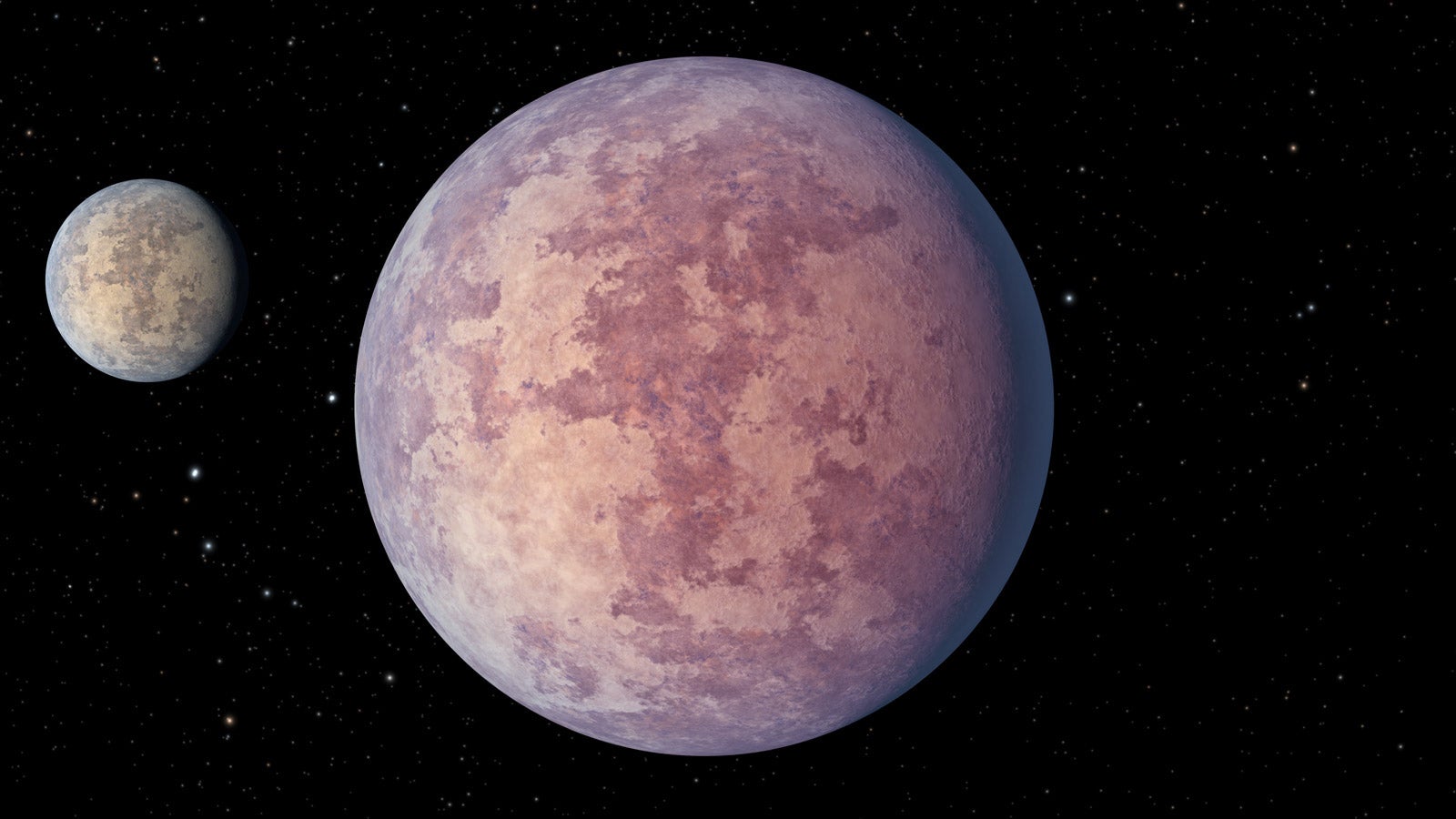Scientists say we should look for city lights on other planets in the hunt for alien life
Technosignatures like lights, industrial gases, megastructures, and interstellar craft are key indicatiors of extraterrestrial existence

Scientists searching for extra-terrestrial life should be looking for ‘city lights’ from alien civilisations, researchers have suggested.
The hunt for life beyond Earth has generally focused on biosignatures – elements or attributes generated biologically by another life form, such as methane in a planet’s atmosphere.
The notion of searching for “technosignatures” has been considered by astronomers for more than half a century – generally focused on radio transmissions such as the ‘Wow!’ signal, the basis of prioritising technosignatures “remains in a state of infancy compared to biosignature science”, researchers say.
In a new paper, published in Acta Astronautica, researchers examine the range of possible technosignatures based on the technology we have on Earth today, as well as future projections of technology that might develop.
One of the strongest technosignatures present on Earth’s nightside is the emission from nightside city lights, they write, but on Earth this is relatively concentrated to large cities such as New York and Tokyo.
However, it may be that more advanced civilizations on exoplanets have built more cities over a greater area of their planet, which would make their lights brighter and easier to detect.
The dominant light source from Earth is street lights, reflecting off concrete and asphalt, which can be “readily distinguished from other sources of atmospheric emission”.
Although many Earth-like cities would not be detectable even with the telescopes being designed to launch in the next decade, The Large Ultraviolet Optical Infrared Surveyor (LUVOIR) currently being developed for 2039 would be capable of detecting some city lights.
As well as lights, the researchers also suggest looking for gases produced by artificial means as either a byproduct of industrialisation or for a specific purpose, such as nitrogen dioxide, chlorofluorocarbons, hydrofluorocarbons, perfluorocarbon, sulphur hexafluoride, and nitrogen trifluoride.
Artificial megastructures such as generators or sun blockers that reflected light would also be a strong indicator, as would be megastructures, waste heat, and the emission from an interstellar craft “based on higher energy processes such as fission, fusion, or antimatter”.
The list of technosignatures submitted in the paper is not complete and there are other possible indicators not considered, but more study needs to be done to understand properly how much could feasibly be detected in the hunt for alien life.
“Future missions can likewise include the search for technosignatures as an additional science justification, without needing to dedicate any additional resources or design considerations”, the researchers conclude.
“The tools to find technosignatures may already be available, but it will require a community-wide effort to start looking.”
Join our commenting forum
Join thought-provoking conversations, follow other Independent readers and see their replies
Comments
Bookmark popover
Removed from bookmarks